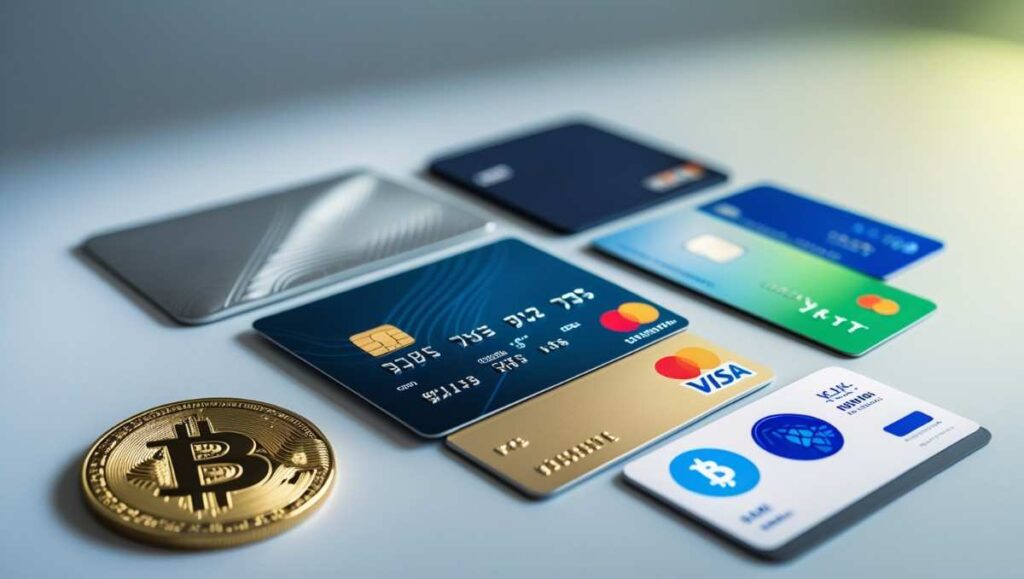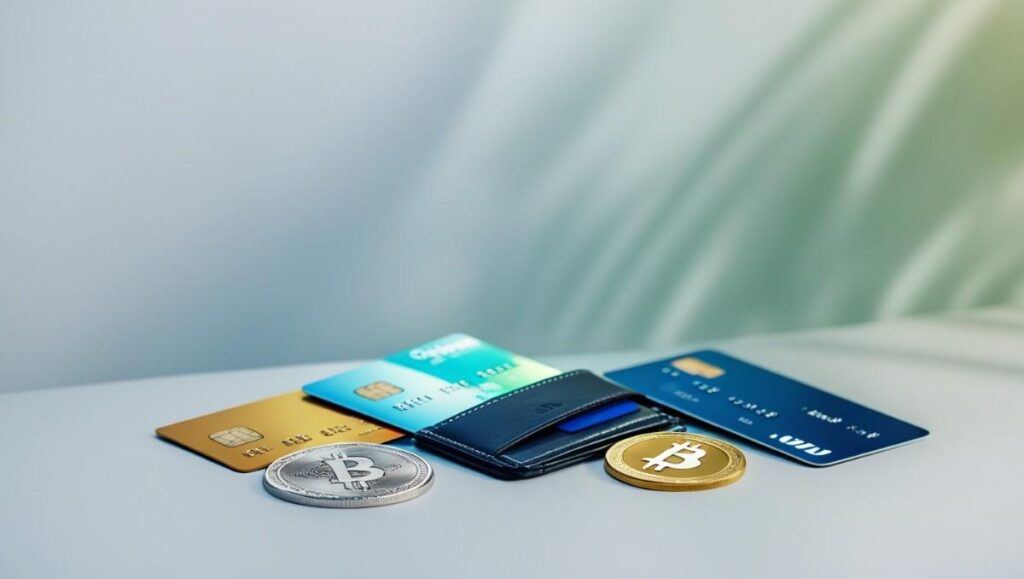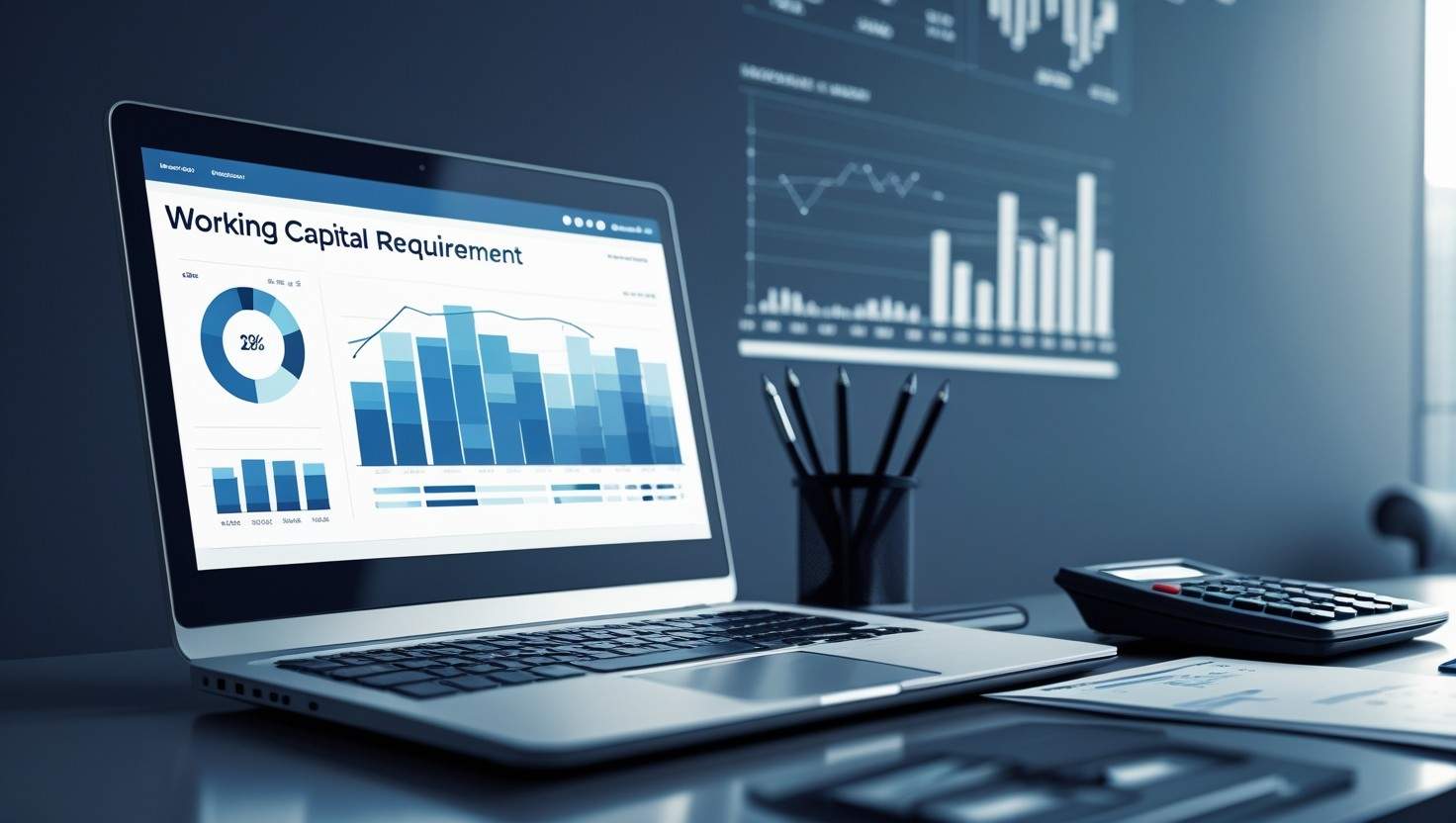
The way we conduct financial transactions has undergone a dramatic transformation over the past few decades, and this evolution shows no signs of slowing down. As the world becomes increasingly connected, the need for payment methods that are not only efficient but also secure and convenient is paramount. With continuous advancements in technology, we are witnessing a revolution in the payment industry—one that promises faster, easier, and more secure transactions, making the entire process smoother for both businesses and consumers.
From the humble beginnings of cash to the sophisticated digital wallets of today, the future of payments is set to redefine how we think about money and financial exchanges. In this article, we will explore the rise of digital payments, the emergence of contactless technology, and what lies ahead in the realm of financial transactions.
What Are Digital Payments?

In simple terms, digital payments are electronic transactions conducted via digital platforms, eliminating the need for physical currency. These transactions allow individuals and businesses to transfer money electronically, whether through the internet, mobile apps, or other digital channels. By moving away from traditional banking infrastructure, digital payments have introduced a level of convenience and speed previously unimaginable.
Common forms of digital payments include mobile wallets, online bank transfers, peer-to-peer payment services, and contactless payments. With the widespread use of smartphones and the internet, digital payments have become more accessible than ever before, helping individuals manage their financial activities at the touch of a button. Whether you’re shopping online, transferring money to a friend, or paying for coffee at your local café, digital payments make it easier and faster to handle financial transactions.
One of the primary benefits of digital payments is the convenience they offer. No longer do individuals need to carry around cash or physical credit cards to make a purchase. Instead, digital payment systems allow for quick and secure transactions that can be completed in just a few taps or clicks. This shift towards digital payments has become even more apparent in recent years, as more consumers embrace the ease and accessibility of online shopping and mobile payments.
The Rise of Digital Payments

The digital revolution has reshaped nearly every aspect of our daily lives, and financial transactions are no exception. Digital payments have grown rapidly in popularity, driven by their accessibility, security, and the increasing use of mobile devices. With digital payment systems, consumers no longer have to worry about carrying cash or using traditional banking methods. Instead, they can enjoy seamless transactions from the comfort of their smartphones, tablets, or computers.
Mobile payment apps, for example, have revolutionized in-store and online shopping experiences. Through services like Apple Pay, Google Pay, and Samsung Pay, consumers can easily tap their phones or smartwatches at payment terminals, making purchases faster than ever. Not only does this eliminate the need for physical cards, but it also adds a layer of security. Mobile wallets often include encryption features, biometric authentication (such as fingerprint scanning or facial recognition), and tokenization to protect users’ financial data.
In addition to mobile wallets, peer-to-peer (P2P) payment systems have also contributed to the rise of digital payments. Platforms like Venmo, PayPal, and Cash App enable individuals to send money directly to each other using their smartphones. This has proven especially valuable for splitting bills, sending funds to friends and family, and conducting small business transactions. As the adoption of digital payments grows, consumers and businesses alike are experiencing increased convenience and efficiency when it comes to managing finances.
The Emergence of Contactless Technology

One of the most exciting developments in the world of payments is the rise of contactless technology, made possible by Near Field Communication (NFC). Contactless payments allow users to complete transactions by simply tapping or waving their card, smartphone, or smartwatch near a compatible payment terminal. The process is fast, secure, and convenient, which is why it has gained significant traction in recent years.
The global COVID-19 pandemic also played a pivotal role in accelerating the adoption of contactless payments. As consumers sought to minimize physical contact during their daily activities, contactless technology provided a safe alternative to traditional card swiping or cash transactions. With the ability to complete payments in seconds with just a tap, consumers have embraced contactless methods for everything from buying coffee to paying for groceries.
Contactless payments are not only faster, but they also offer enhanced security. With tokenization and encryption protocols, the sensitive information associated with your payment card is never shared directly with the merchant, reducing the risk of fraud and data breaches. This is a key benefit, especially as the frequency and sophistication of cyberattacks continue to rise.
Looking toward the future, we can expect to see further advancements in contactless technology, including the integration of biometric authentication. Imagine a world where you can complete a transaction simply by scanning your fingerprint or looking at a facial recognition system—no card, phone, or smartwatch required. This will undoubtedly make the payment experience even more seamless while providing an added layer of security.
Additionally, the Internet of Things (IoT) will continue to play a significant role in the future of contactless payments. As everyday devices like smart refrigerators, connected cars, and wearable fitness trackers become more integrated with payment systems, we can expect to see an increasing number of opportunities for consumers to make transactions without ever reaching for a physical wallet or card.
The Future of Payments: Faster, Easier, and More Secure

As technology continues to advance, the future of payments looks increasingly promising. Innovations in biometric authentication, blockchain technology, and contactless solutions are poised to redefine how we manage our finances. In the coming years, we can expect to see even faster, more secure, and more seamless payment experiences that will further simplify the way we conduct transactions.
One of the most significant trends to watch is the continued growth of biometric authentication. While fingerprint scanning and facial recognition are already making their mark in mobile payments, the next step may involve even more advanced biometric systems, such as voice recognition or retinal scans. These technologies will provide a level of security that was previously unattainable with traditional passwords or PINs, reducing the chances of unauthorized access to sensitive financial information.
Blockchain technology is another key development in the future of payments. By providing a decentralized, secure ledger for transactions, blockchain has the potential to revolutionize how we handle financial exchanges. This technology offers transparency, speed, and security, which could eliminate many of the inefficiencies and vulnerabilities present in today’s payment systems. Blockchain-based currencies like Bitcoin are already challenging traditional financial institutions, and we may soon see wider adoption of blockchain solutions for everyday transactions.
As digital payments become more prevalent, we will also see the rise of cross-border payment systems that make international transactions faster and cheaper. Currently, sending money across borders can involve high fees, long processing times, and significant exchange rate risks. However, with the integration of blockchain technology and other innovations, international payments could soon be as simple and inexpensive as domestic transfers.
Conclusion
The future of payments is undoubtedly exciting, with advancements in digital wallets, contactless payments, biometric authentication, and blockchain technology paving the way for faster, easier, and more secure transactions. As consumers, we are already experiencing the benefits of these innovations, but there’s much more to come. The seamless payment experiences promised by these technologies will not only enhance convenience but also provide a higher level of security and privacy for users.
Latest payment platforms are at the forefront of this revolution, offering innovative solutions that simplify banking and make financial transactions more accessible than ever before. By embracing digital payments and secure banking platforms, we can confidently navigate the future of commerce, knowing that our transactions are faster, more efficient, and more secure than ever before. So, whether you’re managing personal finances or running a business, it’s time to embrace the future of payments. It will definitely help you stay ahead in a rapidly evolving financial landscape.





